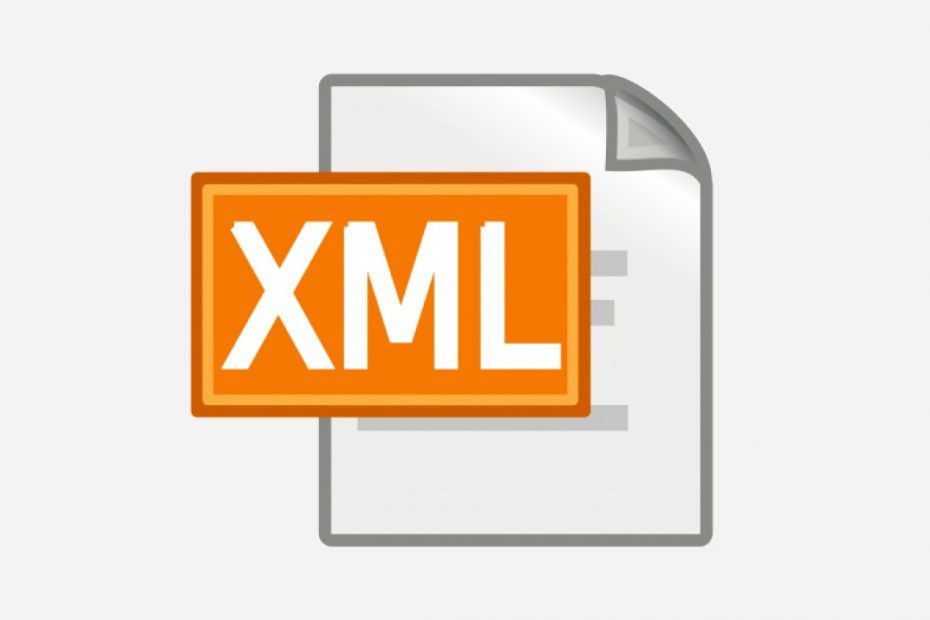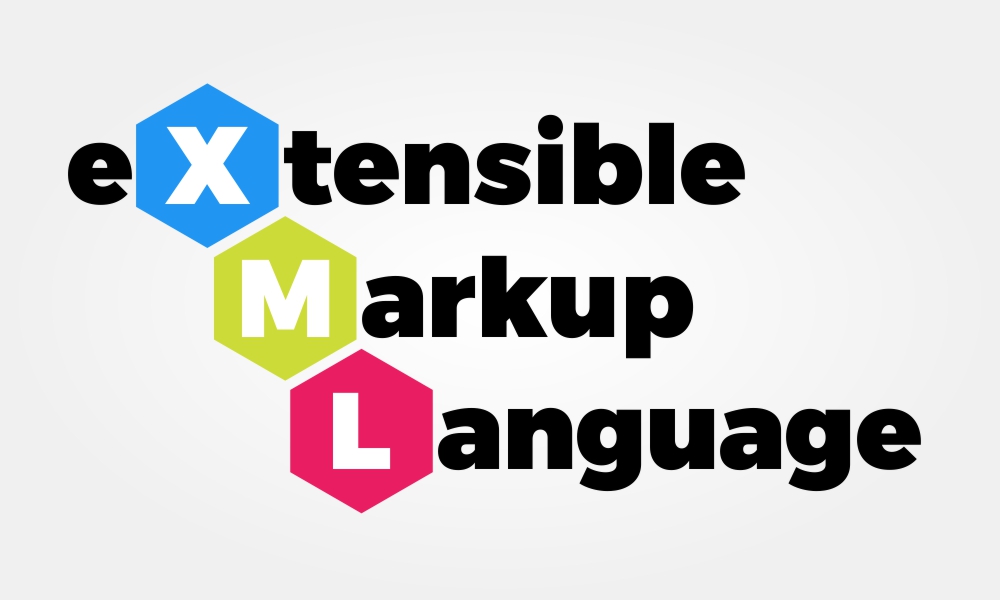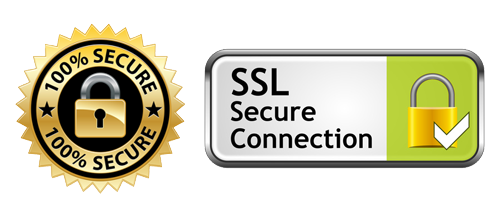Today I came up with another new article in front of you today our topic is XML. I will share with you some general topics about how XML was created and how it was named through this post.
What is XML?
If your Web site If there is, then you must know that we usually make the website through different types of coding, so there is a general method through which it is possible to control the whole thing or save the case on the entire website. The only method is XML.
Extensible Markup Language (XML) was created by Tim Berners-Lee at CERN in 1991 as director of the MITT World Wide Web Consortium.
When he was building this system, he realized that it would be helpful if it were possible to exchange information between applications.
He developed a protocol based on SGML but added some features not typically used by markup languages. To launch his invention which is now published in what is now known as XML.
What does XML mean?
XML means Extensibility, mark-up language, extensible, internet language.
In short, XML is a way to organize data. You can think of it as a spreadsheet format. Instead of using rows and columns, they have tags inside the cell.
The advantage of this tag is that you can easily add additional information to each tag. This allows you to create tables and other structures to help you organize your data.
There are two types of XML documents. One type is called DTD (Document Type Definition). These are the rules that describe what the data should look like.
These are like HTML pages with a few exceptions. They do not have a ‘body’ or content category, but instead, the entire document is defined by tags.
Extensible Markup Language (XML) is a computer language that describes data. XML is a text format used to describe structural information.
A document written in XML can be read by other software programs using a program called an XML parser. XML files are often common ASCII text, but they can also use Unicode characters that require special conversion tools.
An XML file starts with a line that contains the name of the main element. All elements of the XML document are contained within this opening tag. Even if there are multiple elements, each file should always have only one opening tag.
Each component has attached features, which provide additional information about the component. Attributes are separated by commas from the content of the element. They are named with a colon in the word, for example, “id”.
The closing tag for each element ends with a forward slash (/) followed by the name of the element.
The material is nested. A parent component may contain a child component. These elements are contained inside the main element.
In general, the content of an element is surrounded by angle bracket tags, although some elements have no content at all. Some components are self-closing instead of having content. Self-closing tags end with a forward slash (/).
XML stands for Extensible Markup Language. A language has been created to allow easy and efficient application of information, especially through the Internet. In addition to being used by web browsers, XML can be embedded in any application that needs to exchange data.
Allows the browser to access information about the page and display it in the correct order. This file has some advantages over other formats like html. One of the great advantages of using XML is that it is fully backward compatible with html5.
So if your website uses HTML 5, you don’t need to change the code for older browsers. This makes it easier for you and less expensive to maintain your site.
XML was originally created for use by CERN (European Organization for Nuclear Research) on their website. This has led to its adoption in various fields including digital publishing and networking.
Allows the browser to access information about the page and display it in the correct order. This file has some advantages over other formats like html.
One of the great advantages of using XML is that it is fully backward compatible with html5. So if your website uses HTML 5, you don’t need to change the code for older browsers. This makes it easier for you and less expensive to maintain your site.



